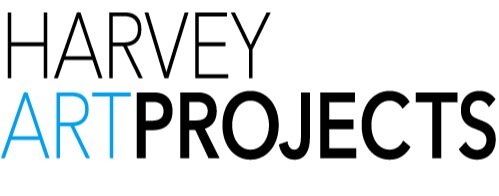“My birthplace is my father’s place (ngura); a very important sacred place; a big place east of Kanpi. My mother, like Ungakini’s father, came from Ngaatatjara lands in Western Australia. When the family moved to Ernabella mission I was not yet an adolescent girl. After school hours I would go to the craft room. It was a small shed then. I did not learn weaving but but was spinning wool on the outside while the other relatives were dying it. I also knitted jumpers. I did not paint on canvas, but made floor rugs with colourful patterns. During that time we were all living in shelters (wiltja) made from spinifex (tjanpi) and shifted camp regularly in a circle around the mission compound. Our homes were very clean. Amata, Fregon, Finke, Mimili and Indulkana did not exist then but there was Alice Springs, Areyonga and Haast’s Bluff where rations were handed out. After my brief work experience in the hospital, I began to cook large meals, the rations in the mission kitchen. The present Art Centre is an expansion of that building.”
Pantjiti Lionel was born at an important sacred place, her father's ngura (country), east of Kanp (SA). Her mother was a Ngaatatjara (WA) woman. Pantjiti moved with her family to the Presbyterian Mission at Pukatja (Ernabella, SA) when she was a little girl. After school she would go to the craft-room, which was a small shed then. She spun wool and knitted jumpers, and made floor rugs with colourful patterns. During that time everyone lived in wiltja (shelters) made of tjanpi (grass), and shifted camp regularly around the mission. Rations were obtained from Alice Springs, Areyonga and Haast's Bluff, and after doing work experience in the hospital, Pantjiti cooked large meals in the mission kitchen using the rations.
Pantjiti discovered basketry in 1996 through her well-known sister Niningka Lewis, and when Tjanpi gave a workshop at Ernaeblla in 2000. Niningka was the artist responsible for many of the first fibre sculptures and for introducing the use of raffia on the AP Lands. Like Niningka, Pantjiti is an innovative fibre artist, producing many unusual figures and animals. These works have featured in numerous exhibitions both with Tjanpi and with Ernabella Arts.
MEDIUMS
Tjanpi
Painting on Canvas
Prints on Paper
THEMES
Kungkarangkalpa (Seven Sisters)
Mai putitja (bush foods)
Itjari-itjari (Marsupial Mouse)
COLLECTIONS
Artbank
Flinders University Art Museum, 2004
National Gallery of Australia, 2004
BIBLIOGRAPHIES
IAD Press Jukkurpa Diary 2005
IAD Press Jukkurpa Calendar 2010





